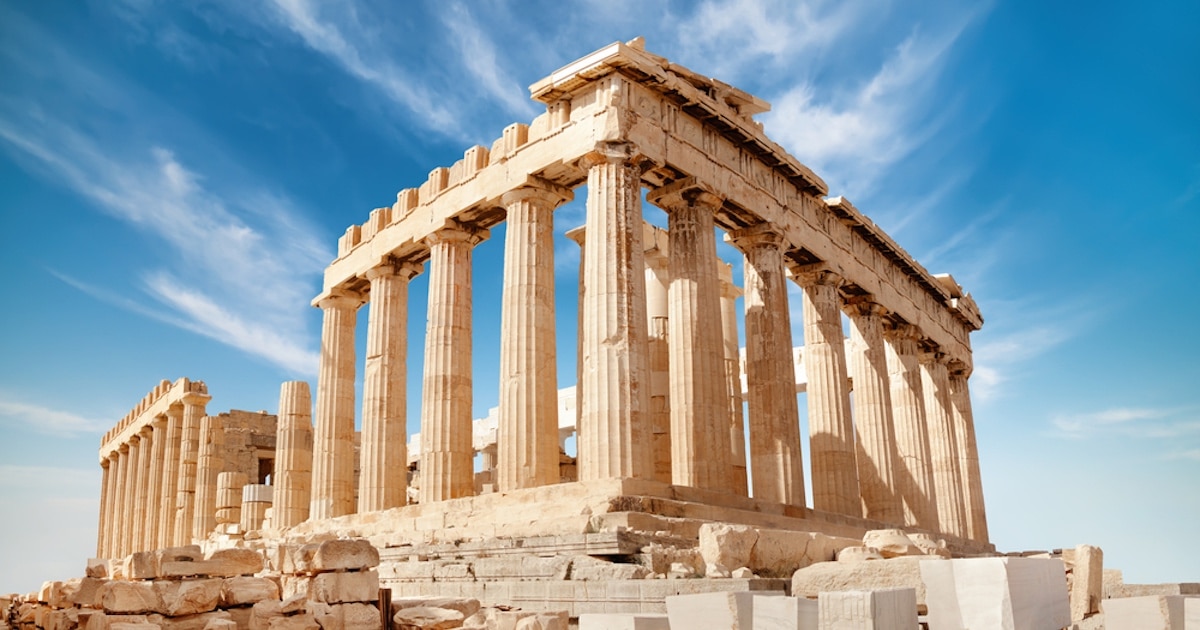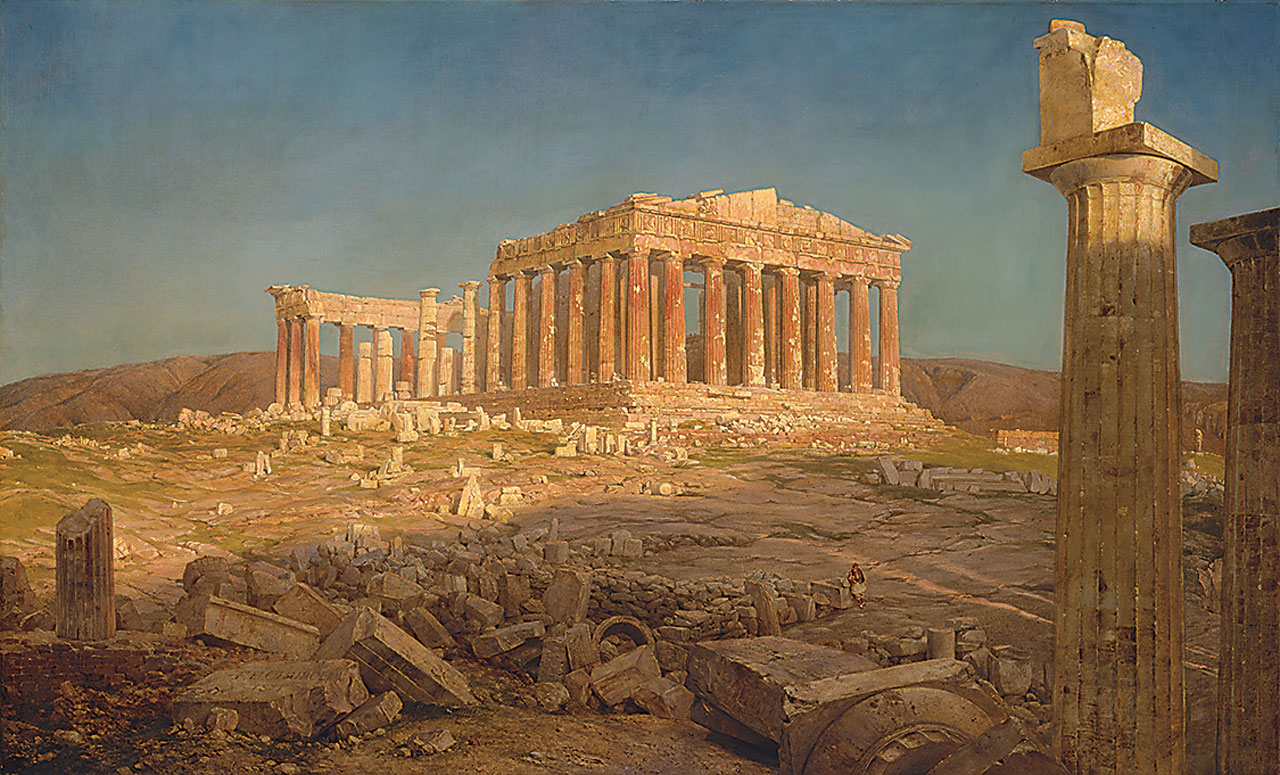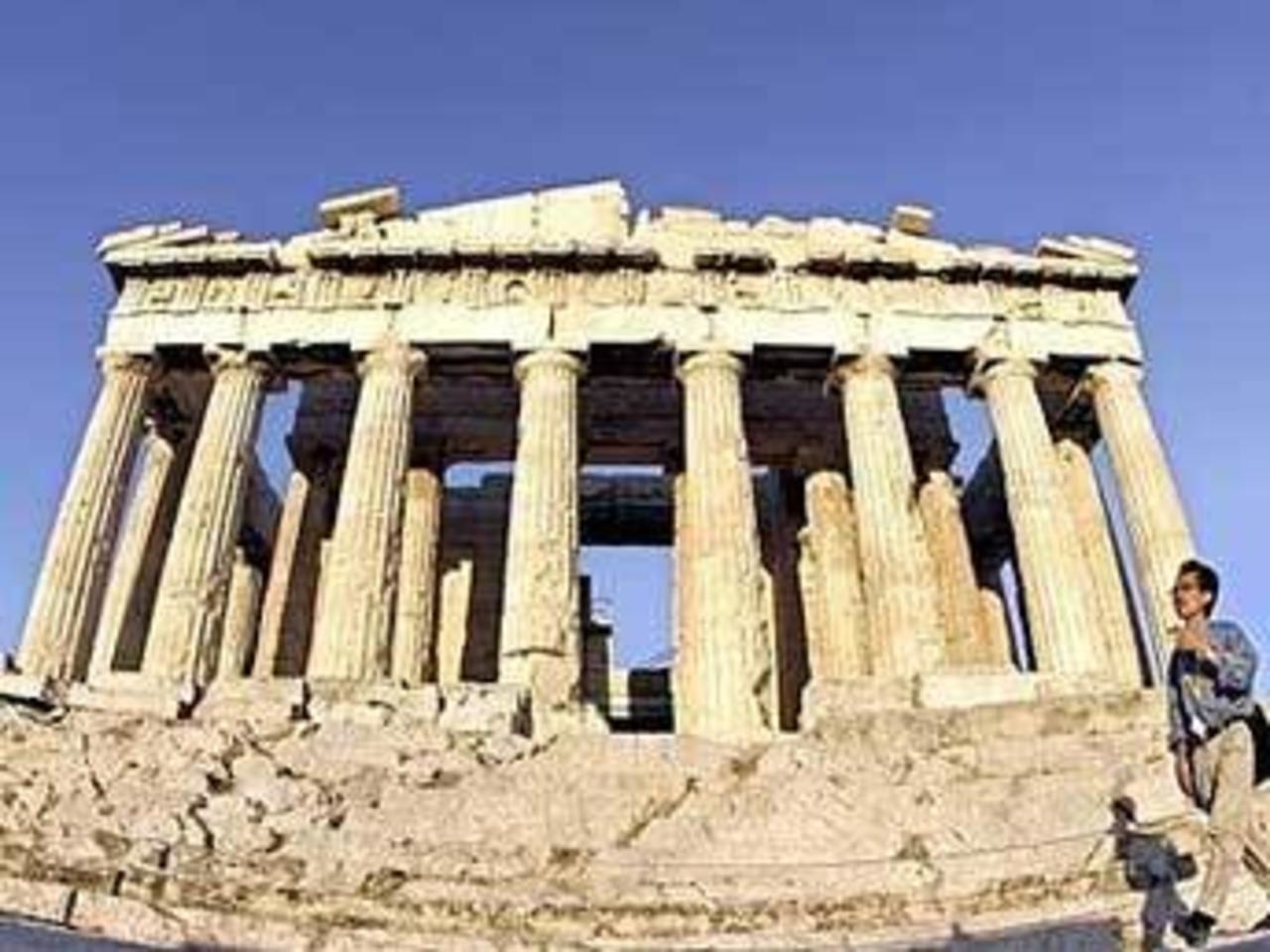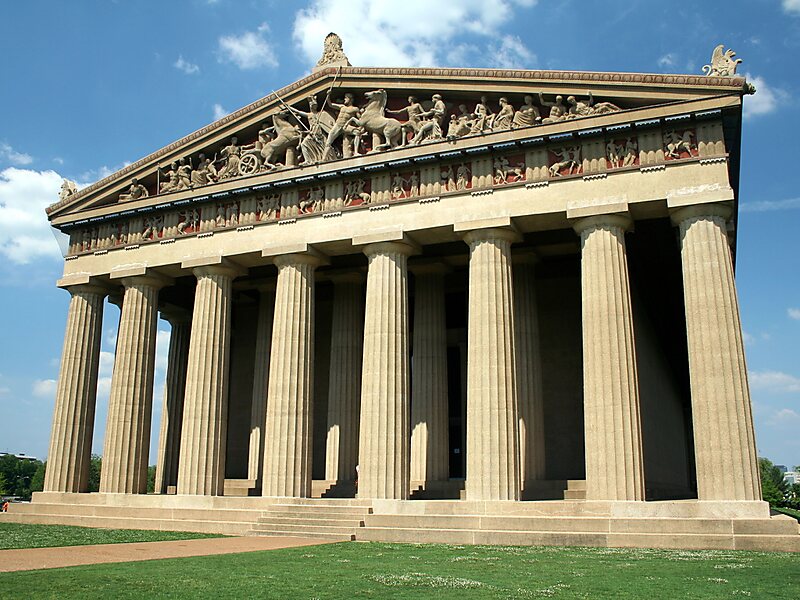The Parthenon: 10 surprising temple facts
[ad_1]
Built over 2000 years ago, the Parthenon temple is dedicated to the Greek goddess Athena. The Parthenon is one of the oldest temples in the world. It has stood on Acropolis Hill, Greece since the mid-5th century.
The Parthenon which is one of the greatest cultural monuments in the world was built by Ictinus and Callicrates, instructed by Pericles. It took over a decade to build the Parthenon. Let’s get into some interesting and amazing facts about the Parthenon!
The Parthenon – Here Are 10 Surprising Temple Facts
We list 10 surprising facts related to the great Parthenon temple.
1. Origin of the name Parthenon
The Parthenon temple takes its name from the Greek word παÏθενών “Parthenos” which implies “an epithet meaning Virgin” and also “the apartments of unmarried women”. There is a belief among the Greeks that Parthenos is specifically related to a room inside the temple, but they are not sure which room it is. Since there are different theories, it is quite possible that the young girls helped to obtain this name who participated in sacrifices to please the goddess Athena.
2. The Parthenon has been used to be part of different religions
The Parthenon Temple has undergone many transformations from Greek temple to church to mosque and is now an open museum over its long history. Until the 5th century AD, the temple was dedicated to the goddess Athena and was worshiped by devotees of the Olympian gods who considered her their patron saint.
Around 590 AD, the Christian religion was developing rapidly all over the world and they were rampant to conquer the ancient gods. Followers of Christianity began to rename and build a church on the ruins of the old temple. The Parthenon turned into a Christian church which was first dedicated to Hagia Sophia and later to the Virgin Mary.
In the 1460s, during the years of Ottoman rule, it was transformed into a mosque. Currently, it serves as an “open” museum where people from all walks of life, regardless of caste, creed or religion, are welcome. Even though it was an adventurous trip to the temple since its inception, it never lost its religious status.
3. There was another temple before the Parthenon
The Parthenon temple site was built on top of an ancient temple dedicated to Athena. Some historians call it the Pre-Parthenon or the Old Parthenon. About 2,600 years ago, in the 6th century BC, a new temple was built, decorated with sculptures on display in the Acropolis Museum.
The ancient marble temple was under construction when it was destroyed in 480 BC by the Persians during the Persian War. It was left in ruins for over 30 years and later the Greeks decided to revive the site. The Parthenon we see today was completed in a record nine years when construction began in 447 BC. The decoration works of the temple were carried out between 438 BC to 432 BC
4. Parthenon is earthquake resistant
Have you ever wondered how the hell this great temple survived for over 2 millennia on top of heavy earthquake-prone terrain? The secret behind this is that the Parthenon is earthquake resistant. According to archaeologists’ research, the Parthenon has triple earthquake shielding even though the structure has no foundation.
5. Some of his greatest treasures are in the British Museum in London
Thomas Bruce, Scottish nobleman, 7th Earl of Elgin removed 50% of the remaining sculptures from the Parthenon when the Ottoman Empire ruled Greece. He began shipping these sculptures by sea to Britain claiming he had permission from the Ottomans. These can now be found in the British Museum. The Parthenon Marbles, also known as the Elgin Marbles, are one of the finest examples of classical Greek sculpture. For almost 30 years now, the Greek government has campaigned for the British Museum to return the sculptures to Greece.
6. You have a suitable replica of the Parthenon in the United States
You don’t have to travel to Greece to witness the incredible Parthenon. There is a life-size replica with meticulous detailing located at Centennial Park, Nashville, Tennessee. This replica was built in 1897 as part of the Tennessee Centennial Exhibition. William Crawford Smith is the architect of the Parthenon replica. The decorations were painted in the same colors as the original Parthenon and the plaster replicas are cast directly from the originals.
7. It was actually believed that the Parthenon was quite colorful
Based on data collected by some historians and archaeologists, it is quite evident that the Parthenon was indeed quite colorful unlike what we see today only white in color. A few years ago, when the carvings during systematic excavations of ancient Greek sites, there were visible traces of colored surfaces. There is an ongoing debate among scholarly art historians as to whether it was white or colored depending on the results. In fact, a German archaeologist using high-end cameras, high-intensity bulbs, and ultraviolet light proved that all of the Parthenon sculptures were painted.
8. The Parthenon was a crown jewel of Greek architecture
The Parthenon Temple is one of the most iconic buildings in the world and is considered the finest example of Greek architecture. The Parthenon is a peripteral octastyle Doric temple with exemplary architectural features. The temple has eight columns at each end (octastyle) while seventeen columns exist at the sides. Overall, the Parthenon was built including 46 exterior columns and 23 interior columns. Each column includes 20 flutes. Large overlapping marble tiles called imbrices and tegulae were used to cover the roof.
9. Much of the site was destroyed during the Great Turkish War
The Parthenon was devastated during the Great Turkish War between the Ottoman Empire and an alliance known as the Holy League. The Ottomans used the site to empty their ammunition dump during the war. The idea of ​​dumping the ammunition turned out to be disastrous when the Venetians bombed the area, which detonated the ammunition and thus caused enormous damage to the Parthenon and its sculptures.
10. The cost of building the Parthenon is equivalent to 469 warships.
Can you imagine how much money it cost to build the great Parthenon whose columns are made of marble while the base is of limestone! “The construction of the Parthenon cost the Athenian treasury 469 talents of silver. While it is almost impossible to create a modern equivalent for this amount of money, there are some facts that may be useful to consider. A talent was the cost to build a trireme, the most advanced warship of the time, â€according to Ancient-greece.org.
Hope you liked the article on the great Parthenon temple and its amazing facts!
[ad_2]







